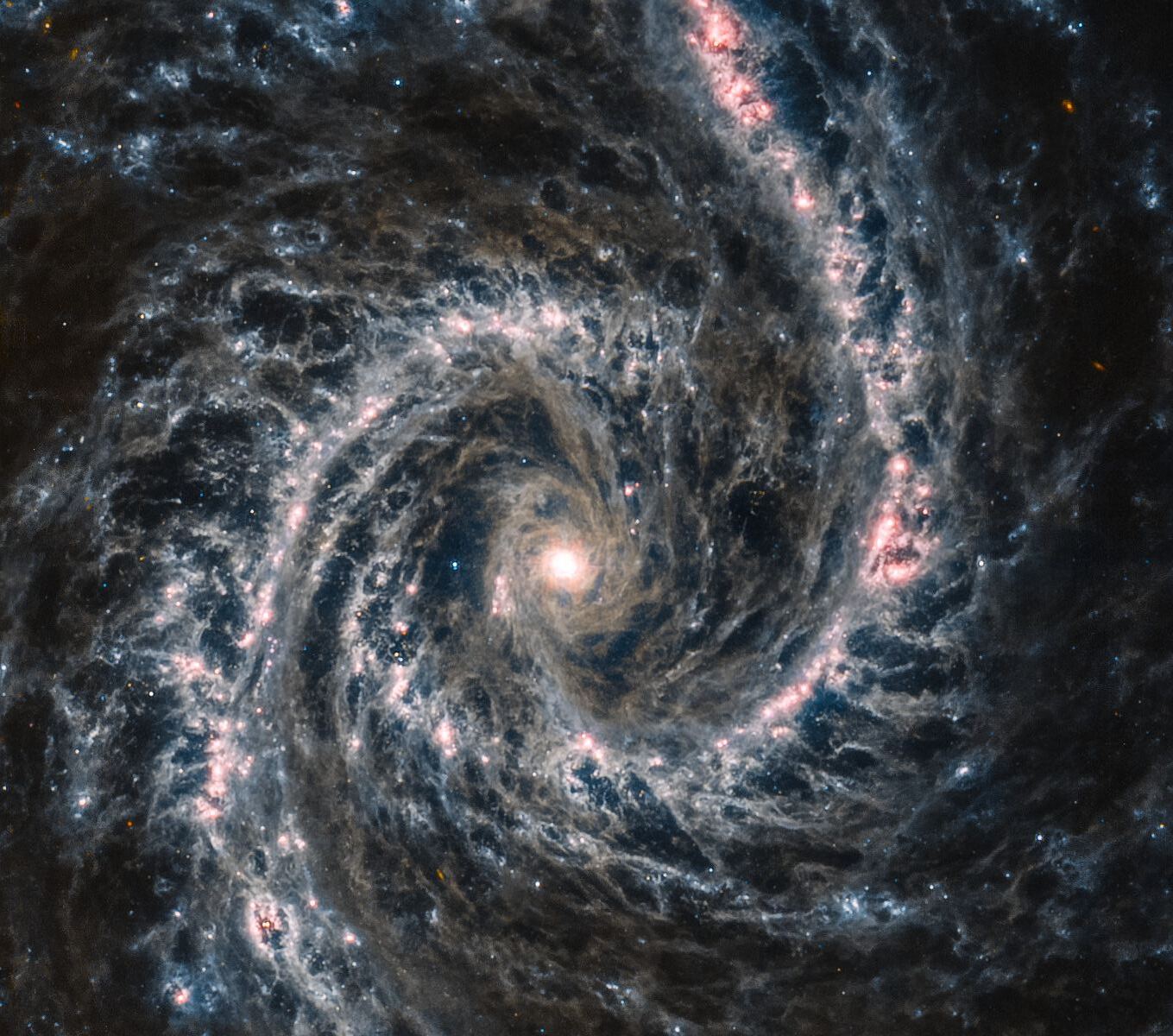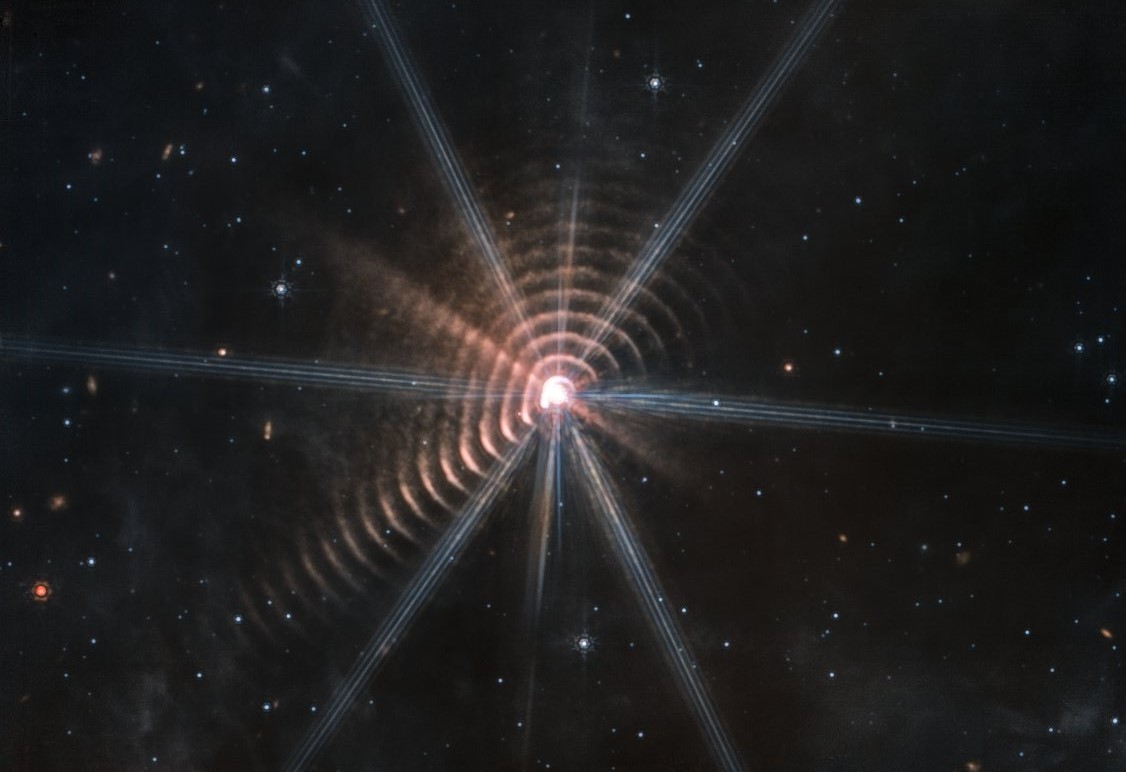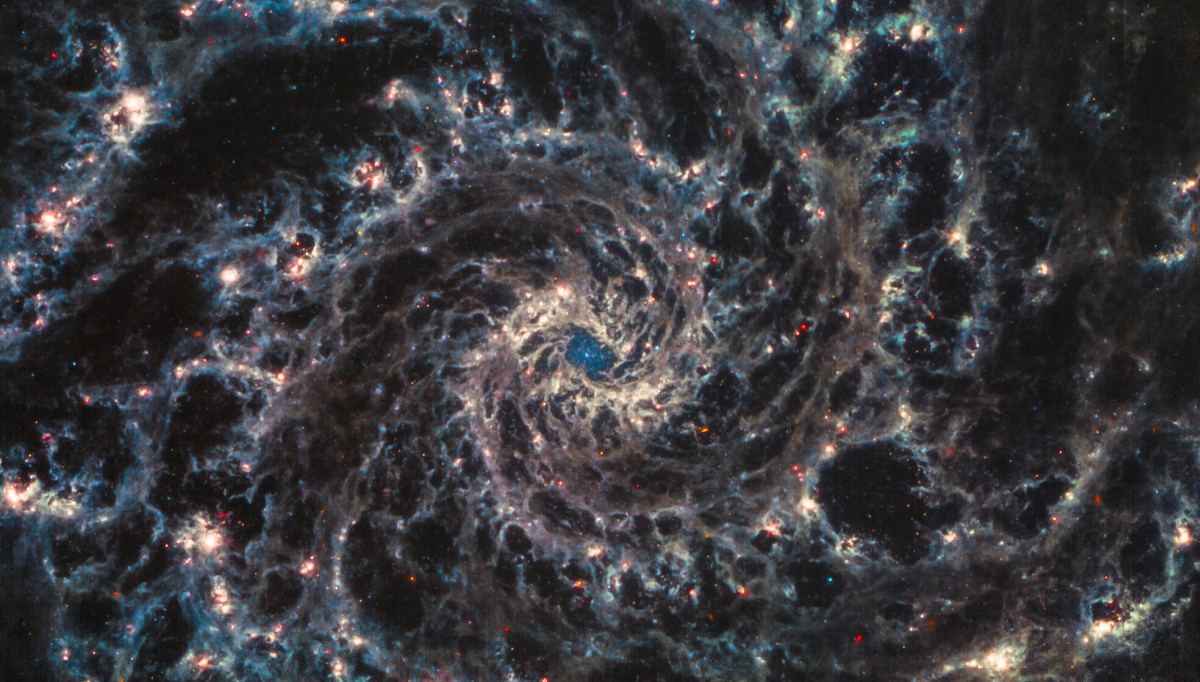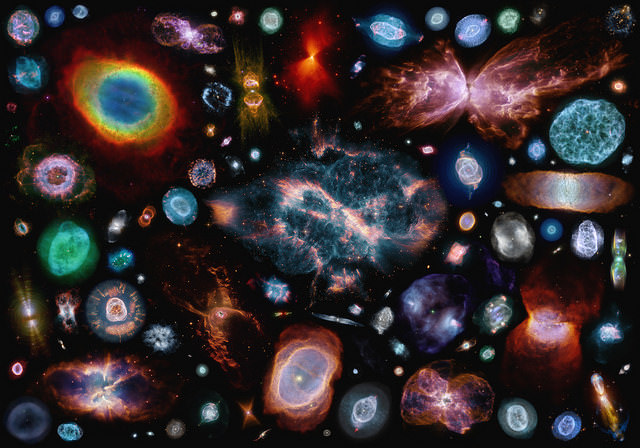If you like planetary nebulas, you’re in luck. Multimedia artist Judy Schmidt has put together an amazing collection of 100 of these colorful glowing shells of gas and plasma, all at apparent size relative to one another. There’s even a giant-sized 10,000 pixel-wide version available on Flickr.
How many of these planetary nebulae can you identify?
Judy explained her inspiration for putting together this wonderful ‘poster’:
Inspired by insect illustration posters, this is a large collage of planetary nebulas I put together bit by bit as I processed them. All are presented north up and at apparent size relative to one another–I did not rotate or resize them in order to satisfy compositional aesthetics (if you spot any errors, let me know). Colors are aesthetic choices, especially since most planetary nebulas are imaged with narrowband filters.
Planetary nebulae are formed by certain types of stars at the end of their lives, and actually have nothing to do with planets. They were given the confusing name 300 years ago by William Herschel because in early, rudimentary telescopes, the puffed out balls of gas looked like planets.
Our own Sun will likely undergo a similar process, but not for another 5 billion years or so.
You can see more of Judy’s work at her website “Geckzilla” or Flickr page.




